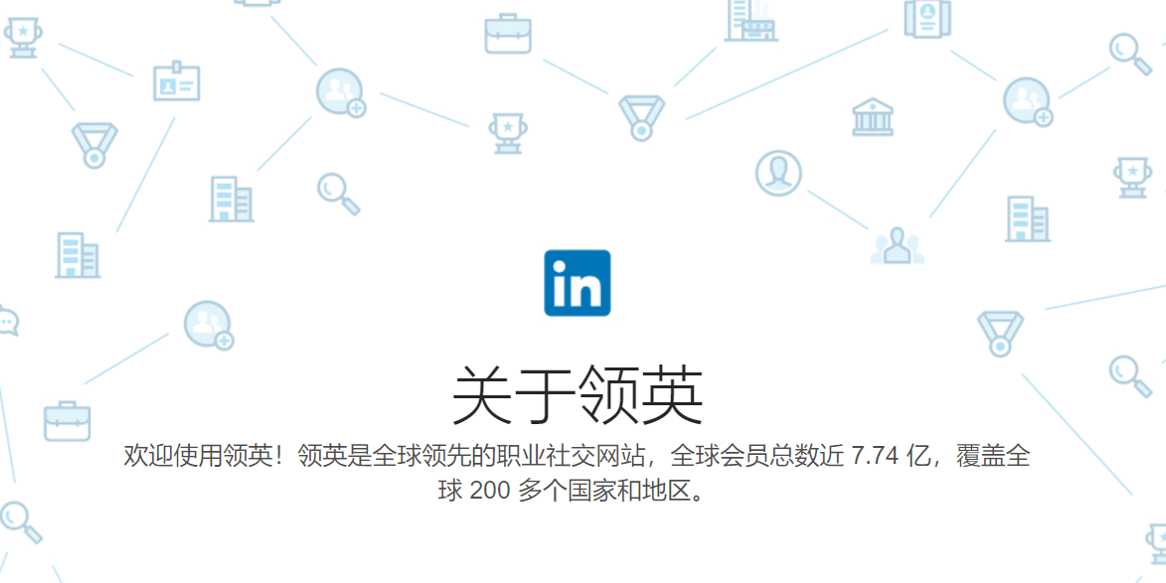LinkedIn gives up on Chinese social media dream
LinkedIn, which since 2014 has represented the largest social media portal through Beijing’s Great Firewall, has decided to close down its localized China version. Increased censorship pressure, compliance costs for new laws, local competition, and bad PR outside of China may have all contributed to the move.

For the better part of a decade, the professional networking site LinkedIn represented the largest connection between the worlds of Chinese and global social media, one of the few portals through Beijing’s Great Firewall.
Now LinkedIn has become the latest, and the last major American social media company to give up on the Chinese market, with the company announcing it would “sunset the current localized version of LinkedIn…later this year.” Instead of a social network, LinkedIn’s operations in China will shift to a “standalone jobs application” that “will not include a social feed or the ability to share posts or articles.”
- LinkedIn entered China in 2014, announcing that while it “fundamentally disagrees with government censorship,” it was willing to make compromises for Beijing because “LinkedIn’s absence in China would deny Chinese professionals a means to connect with others on our global platform.”
- The censorship-for-market-access model has since been eyed by multiple other social media and internet companies, including Facebook and Google, but ultimately those plans fell through.
Why is LinkedIn shutting down its Chinese feeds?
The company’s official explanation is that it has faced a “significantly more challenging operating environment and greater compliance requirements in China.” If you think that is vague, then consider the Chinese-language version of the statement, which merely says the decision was made “in order to better serve Chinese users.”
Here are some potential more specific reasons:
- More censorship pressure in China: LinkedIn said it had received 42 requests to take down content in 2020, of which it complied with 38, and reports in the Wall Street Journal and Axios have documented more censorship actions on the platform in recent months. In March, the platform temporarily paused signups in China to review compliance with local laws.
- Data storage and data privacy laws: For a data-rich company like LinkedIn, new Chinese laws tightening regulations on how data should be secured and kept private were likely to pose high compliance costs.
- Losing revenue to Chinese competitors: While LinkedIn gained over 50 million signups in China, the most anywhere other than the U.S. and India, it “does not disclose how much revenue each country generates,” per the NYT. It is possible that the company’s margin in China was not huge, given the presence of much larger and more active local competitors like Maimai.
- Bad PR outside of China: While the company has been criticized for years for its acquiescence to Chinese censorship, a recent spate of high-profile blocks posed awkward questions for the company and inspired criticism from some U.S. politicians. Also, in 2019, it was reported that LinkedIn had become a favored recruitment vector for China’s intelligence services.
Ultimately, it probably comes down to money, not morals. LinkedIn China was generating a wave of bad press for LinkedIn in the U.S. — and by extension its owner, Microsoft — but what likely motivated executives to pull the plug is a longer-term calculation that the cost of complying with Chinese law, and competing against local rivals, just did not promise as much profit as expanding elsewhere in the world.






